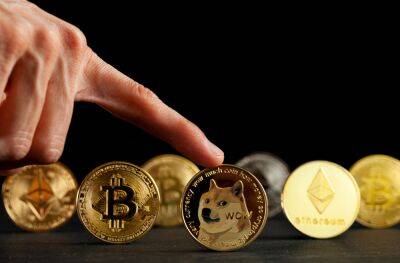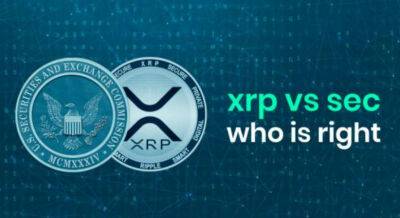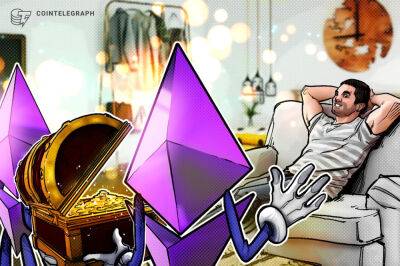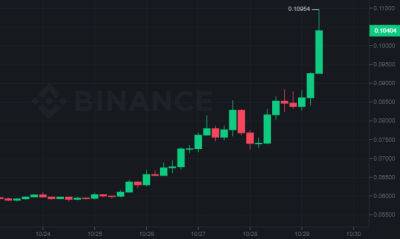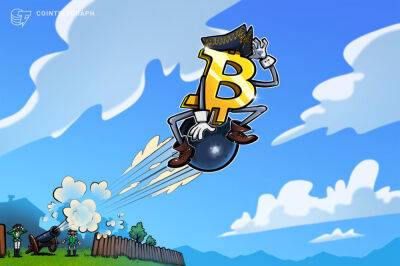What is wrapped Ethereum (wETH) and how does it work?
Traders who use the Ethereum network are familiar with the ERC-20 technical standard and have most likely traded and invested in tokens that utilize it. After all, its practicality, transparency and flexibility have made it the industry norm for Ethereum-based projects.
As such, many decentralized applications (DApps), crypto wallets and exchanges natively support ERC-20 tokens. However, there’s one problem: Ether (ETH) and ERC-20 do not exactly follow the same rules, as Ether was created way before ERC-20 was implemented as a technical standard.
So, why does wrapped ETH matter? Briefly put, ERC-20 tokens can only be traded with other ERC-20 tokens, not Ether. In order to bridge this gap and enable the exchange of Ether for ERC-20 tokens (and vice versa), the Ethereum network introduced wrapped Ethereum (wETH). That said, wETH is the ERC-20 tradable version of ETH.
As mentioned, wETH is the wrapped version of Ether, and it’s named as such because wETH is essentially Ether “wrapped” with ERC-20 token standards. Wrapped coins and tokens virtually have the same value as their underlying assets.
So, is wrapped Ethereum safe to trade and invest in? The answer is yes, as far as Ethereum is concerned. wETH is pegged to the price of ETH at a 1:1 ratio, so they’re basically the same. The only difference between wrapped tokens and their underlying assets is their use cases, especially for older coins like Bitcoin (BTC) and Ether.
Wrapped tokens are like stablecoins, to a certain degree. Come to think of it, stablecoins can also be considered “wrapped USD,” since they have the same value as their underlying asset, the United States dollar. They can also be redeemed for fiat currencies at any time.
Bitcoin also has a wrapped version
Read more on cointelegraph.com


 cointelegraph.com
cointelegraph.com
